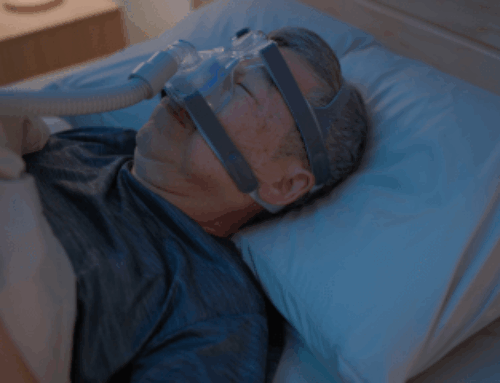WESTCHESTER, IL – Regulations that limit the number of hours worked also should provide guidance for shift start times to maximize workers’ sleep opportunity and minimize the risk of on-the-job fatigue, according to a research abstract that will be presented Tuesday, June 8, 2010, in San Antonio, Texas, at SLEEP 2010, the 24th annual meeting of the Associated Professional Sleep Societies LLC.
Results indicate that estimated sleep durations varied from 4.5 hours to eight hours according to the start time of the work shift. The maximum estimated sleep duration occurred when the work shift started between 9 a.m. and 2 p.m., and the minimum estimated sleep duration occurred when the shift began between 8 p.m. and midnight.
“Our most interesting finding was that shifts beginning between 8 p.m. and midnight yielded consistently poorer predicted performance and less than adequate predicted total sleep per 24 hours,” said lead author Angela Bowen, research assistant at the Sleep and Performance Research Center at Washington State University Spokane.
The study also predicted that minimum on-the-job fatigue occurred when the shift started at 9 a.m., and maximum fatigue occurred when the work shift began at 11 p.m. Furthermore, there was a relatively sudden decrease in predicted fatigue for duty periods starting after midnight compared with shifts that started just before midnight. The researchers explained that work schedules with start times after midnight allowed workers to sleep right before the duty period, which meant that they were better-rested when the shift began. In contrast, shifts that started just before midnight did not allow for pre-shift sleep because the timing conflicted with the body’s early evening circadian process.
The results suggest that in addition to implementing regulations that limit the number of hours worked in a 24-hour period, employers should schedule shift start times in a way that maximizes sleep and alertness. In particular, night shifts that begin after midnight may allow workers to get more sleep and experience less fatigue than shifts that start between 8 p.m. and midnight.
“Shifts of equal duration differ in how fatiguing they are depending on the time of day when they are scheduled,” said Bowen. “The same limitation on the number of duty hours may be either overly restrictive if during the day or too liberal if during the night.”
The study used mathematical modeling to predict the effect of shift start time on total off-shift sleep time per 24-hour period and mean on-shift level of fatigue per duty period. The analysis was based on the two-process model of sleep regulation, which instantiates the effects of sleep/wake homeostasis and circadian rhythms on sleep propensity and waking fatigue. Bowen and her research team generated 24 hypothetical work schedules with shift start times that varied by one-hour increments across the 24-hour clock. Each hypothetical work schedule lasted six days, with constant start times and standard, nine-hour shift durations. The model allowed for no sleep during duty periods or during the one hour preceding and following each shift. Sleep duration and fatigue level from the last duty day in each work schedule were examined as a function of duty start time.
The study was supported by the Congressionally Directed Medical Research Programs.
The American Academy of Sleep Medicine reports that shift work disorder occurs when complaints of insomnia or excessive sleepiness occur in relation to work hours that are scheduled during the usual sleep period. Total sleep time is typically curtailed by one to four hours in night and early-morning shift workers, and sleep quality is perceived as unsatisfactory. Excessive sleepiness usually occurs during work shifts and often is accompanied by reduced alertness and impaired mental ability.
In an article published in the January 2009 issue of the Journal of Theoretical Biology, researchers from the Sleep and Performance Research Center at WSU Spokane provided a detailed explanation of the mathematical two-process model of sleep regulation. A review in the October 2009 issue of the journal Industrial Health reports that some individuals are more vulnerable than others to performance impairment due to sleep loss, which complicates the application of “one-size-fits-all” regulations for work hours. The authors proposed that modern fatigue and risk-management strategies should be applied because they allow flexibility to account for individual vulnerability or resilience to the performance consequences of extended work hours and shift-work schedules.
The SLEEP 2010 abstract supplement is available for download on the SLEEP website.
A joint venture of the American Academy of Sleep Medicine and the Sleep Research Society, the annual SLEEP meeting brings together an international body of more than 5,000 leading clinicians and scientists in the fields of sleep medicine and sleep research. At SLEEP 2010 more than 1,100 research abstract presentations will showcase new findings that contribute to the understanding of sleep and the effective diagnosis and treatment of sleep disorders such as insomnia, narcolepsy and sleep apnea.
Abstract Title: Estimated fatigue risk for duty periods with different start times in 24h operations
Abstract ID: 0198
Category: Chronobiology
Presentation Date: Tuesday, June 8, 2010
Presentation Type: Poster – #56
Presentation Time: 10:15 a.m. – 12:15 p.m.
###




